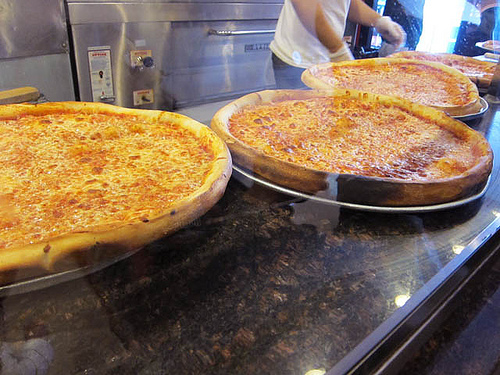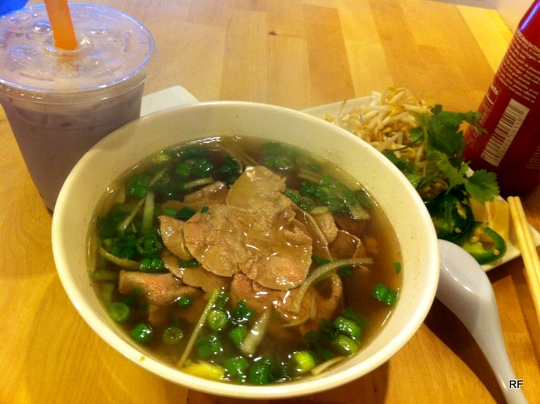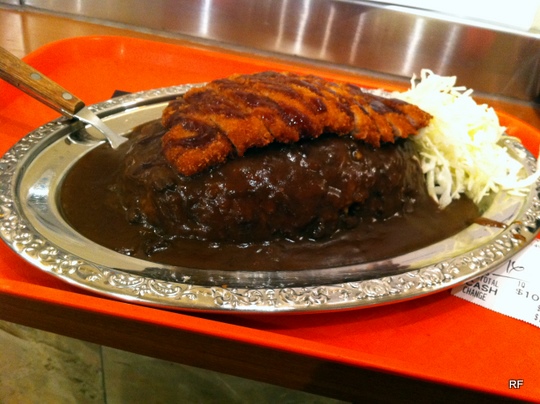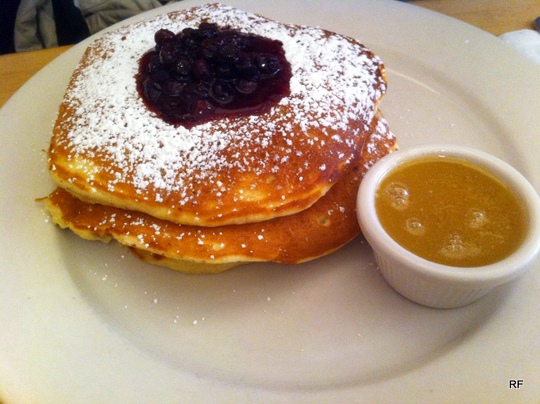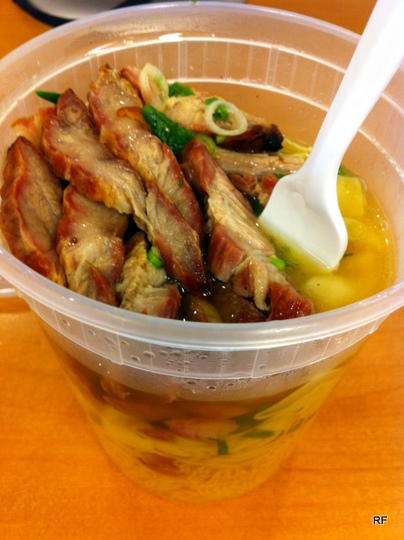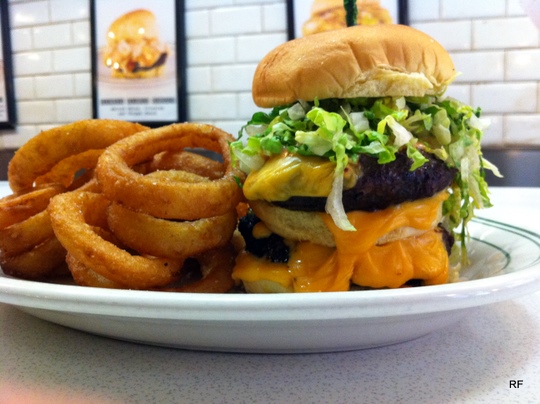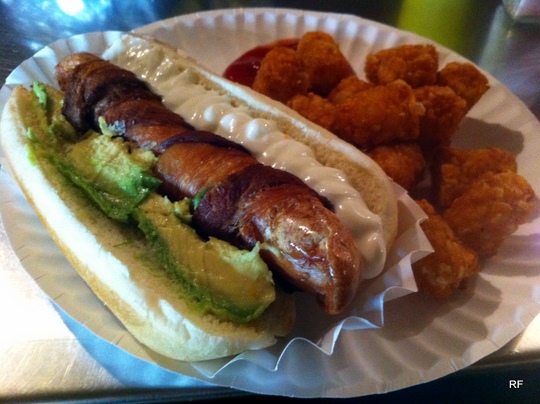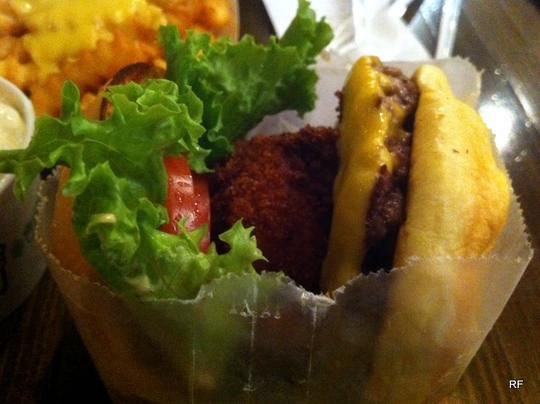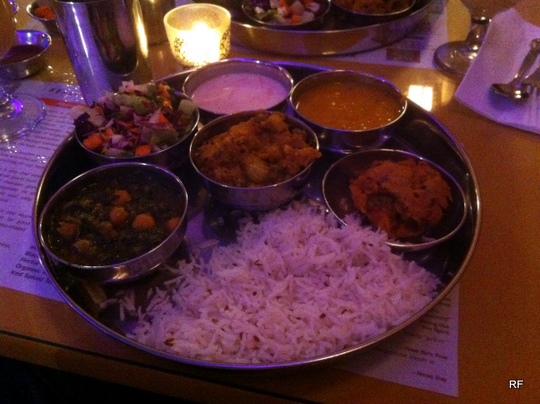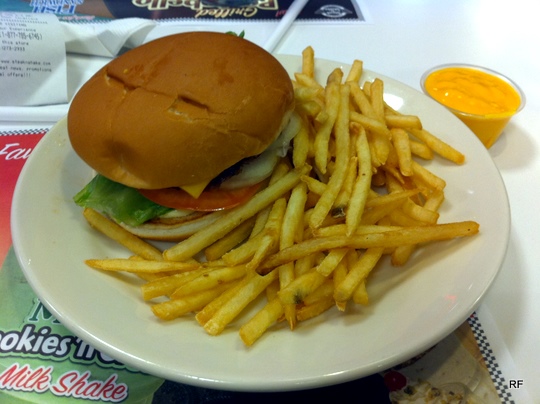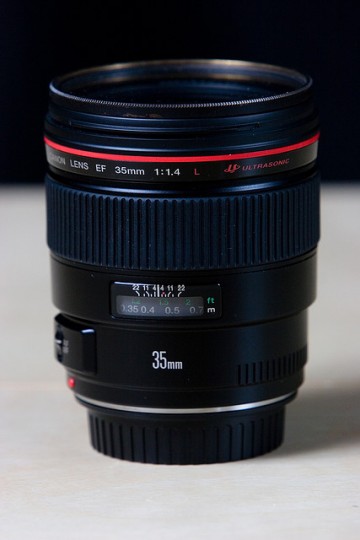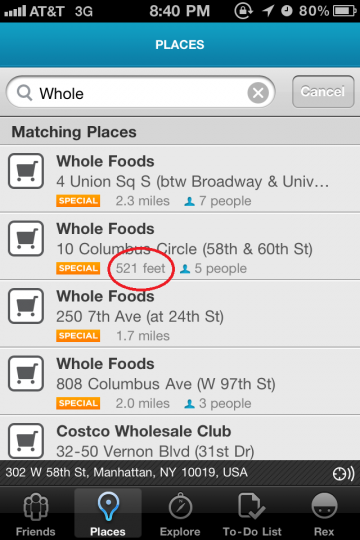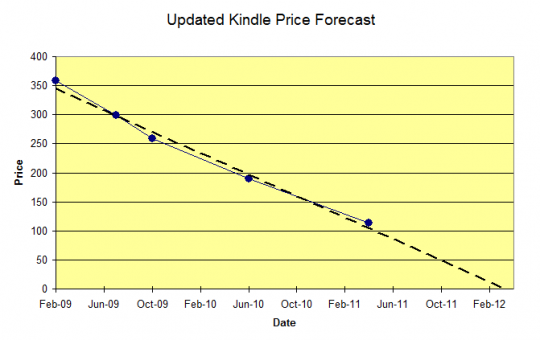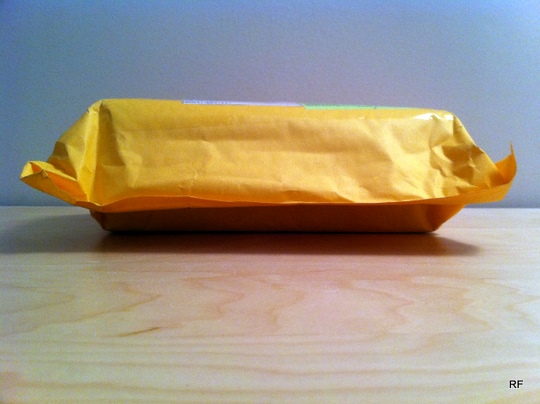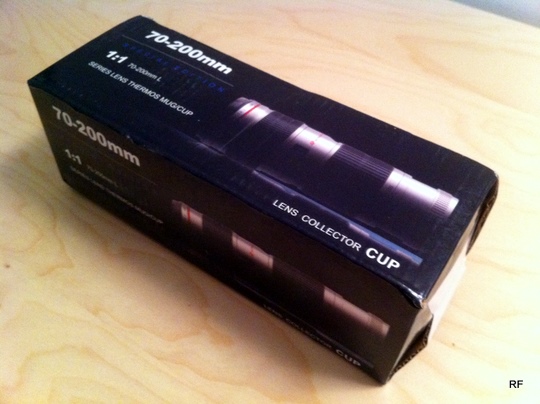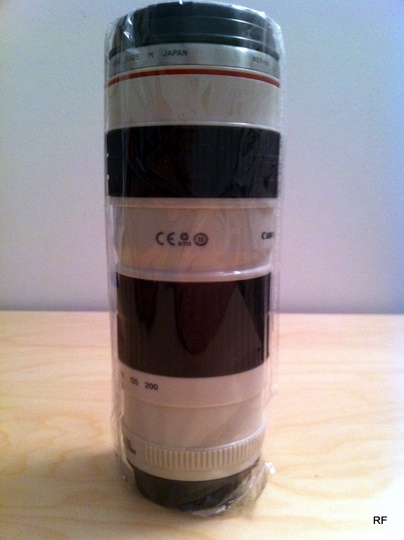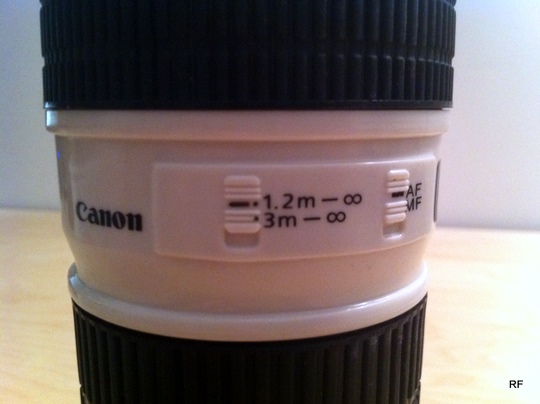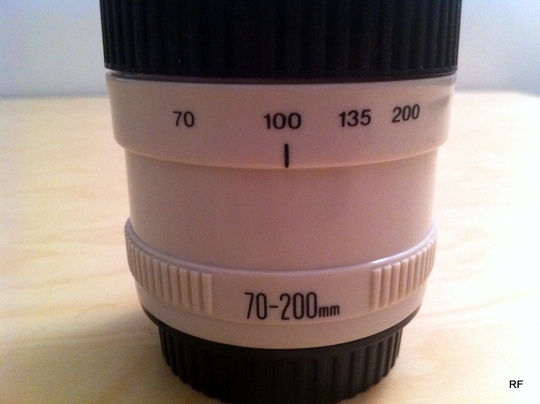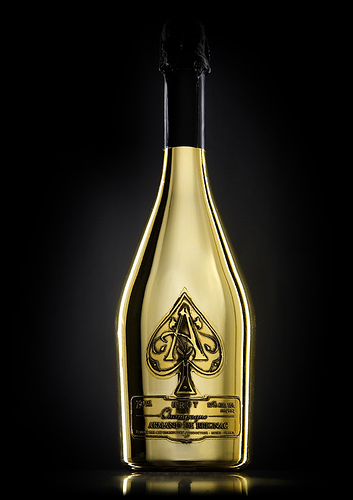
Armand de Brignac (via bking / Flickr)
A quick juxtaposition involving Armand de Brignac and arithmetic.
In 2008, a LES bar announced its’ opening with the following brazen quote:
The entire left wall displays the Armand de Brignac. We have $650,000 worth of Champagne on the wall. We have more Rosé Armand de Brignac on the wall than the entire state of New York.
Less than three years later, the bar closed.
This month, The Atlantic posted and subsequently retracted a great piece exposing the history of Armand de Brignac. (A mirror is available here.)
Armand de Brignac tends to score in the low nineties on the industry-standard 100-point wine rating scale, which places it on par with wines that sell for $50 or less
This is because Armand de Brignac is repackaged Antique Gold.
He points across the bar to a bottle of another Cattier champagne, Antique Gold, strikingly similar to the empty Armand de Brignac sitting in front of us. “That bottle there, a friend of mine brought it back from Monaco,” he says. “It’s like 60 dollars, 70 dollars, 80 dollars in the store.”
I nod, realizing the magnitude of what Branson has just said. Antique Gold has been around for decades. Armand de Brignac looks nearly identical and costs four or five times as much. Both are made by Cattier. The only real difference seems to be the Ace of Spades label slapped on the more expensive bottle.
The LES bar claims $650,000 worth of champagne on the wall. Assuming all the champagne is Armand de Brignac (retails for $300), the $650,000 of product is only worth $108,333 (650K * 50/300).
For full disclosure, I’m a big fan of Jay-Z’s music. This Atlantic article shows just how great of a business man Shawn Carter is.
One more choice quote from The Atlantic:
Jay-Z may tout Armand de Brignac in his songs and videos, but to some champagne industry veterans, it’s at best a mediocre product masquerading as a high-end delicacy. “It tastes like shit,” says Lyle Fass, an independent wine buyer in New York. “At least Cristal tastes good.”
And one from Jay-Z in Off That:
the Cris’ we off that,
Timbs we off that, Rims we off that,
Yeah, we off that, is you still on that?
And we still makin’ money ‘cause we still on that
